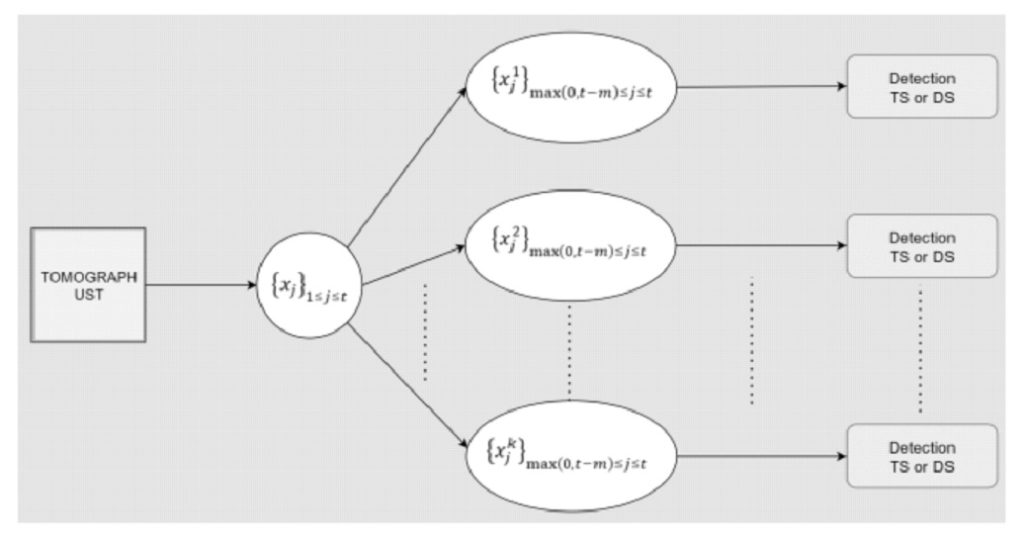Modern Approach to Signal Analysis in Ultrasound Tomography: Trend Detection and Early Warning
In ultrasound tomography (UST), one of the key challenges remains the rapid and precise identification of changes in measurement signals that may indicate anomalies, disturbances, or deviations from the expected course of the process. In response to these needs, the research team developed an innovative analytical model that enables the detection of stochastic trends in real-time, which represents a significant step forward in improving the reliability of UST measurement systems.
The developed signal analysis algorithm utilizes advanced time series theory and modern statistical methods, allowing for dynamic monitoring of signals from ultrasonic sensors. The core of the algorithm is a set of stationarity tests, such as the Dickey-Fuller test and the Wald-Wolfowitz test, which allow distinguishing between random signals and those showing a clear trend – a potential signal indicating changes in the examined object or systemic issues.

The application of stationarity analysis combined with a moving window detection mechanism enables dynamic anomaly detection. The system automatically identifies deviations from the norm – such as those caused by probe contamination, improper sensor contact with the surface, or internal changes in the structure of the examined object – and immediately generates an alert. This functionality translates into higher data quality, more effective damage detection, and better control over the entire measurement process.
The significance of this solution is especially apparent in industrial and medical applications. Early detection of abnormalities helps prevent equipment failures, optimize technological processes, and minimize the risk of diagnostic errors. The algorithm can be successfully implemented in quality control systems, engineering structure diagnostics, and patient health monitoring – anywhere that UST signals form the basis for decision-making.
A key advantage of the presented model is its ability to operate in real-time without the need for resource-intensive computational procedures. This enables a quick response to changes, significantly increasing the efficiency of systems based on ultrasound tomography.
The full version of the article, detailing the methodological aspects and results of the algorithm’s applications, is available at:
https://pe.org.pl/articles/2025/1/37.pdf

